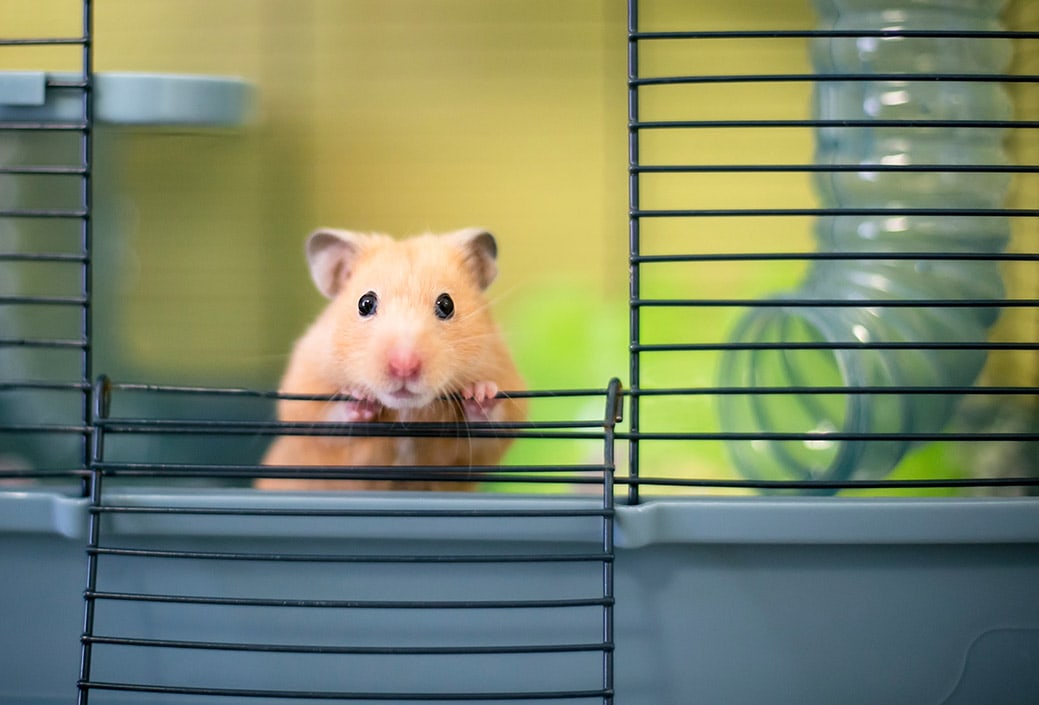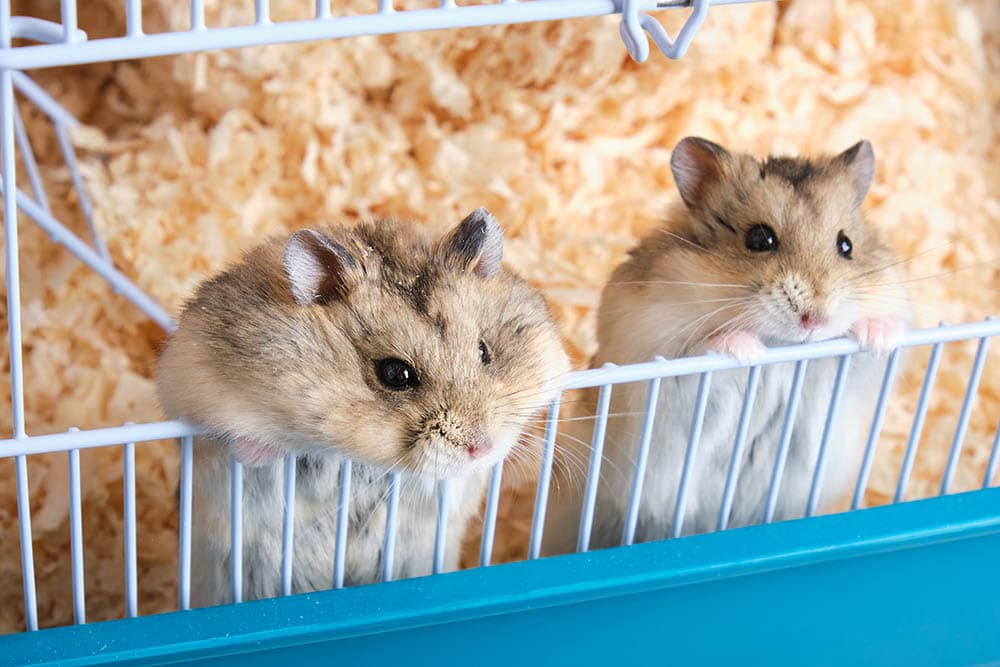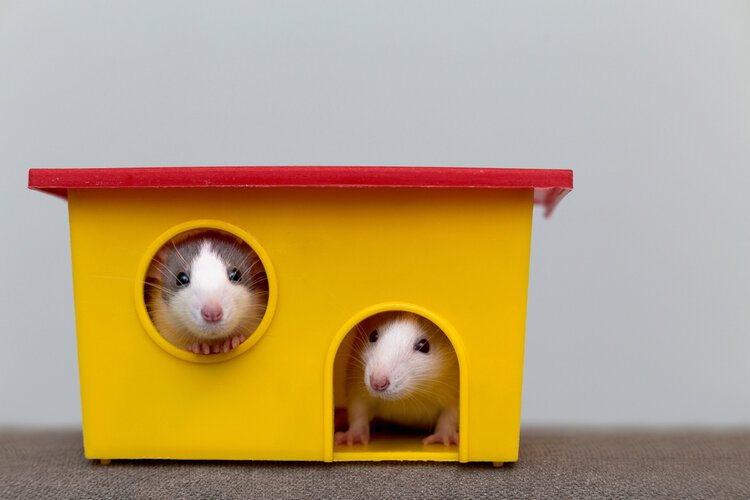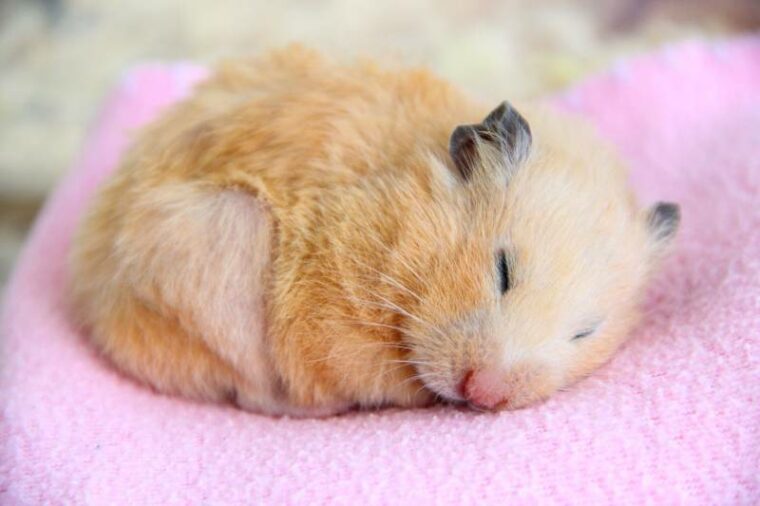
If you’re considering adding a pet hamster to your family, you may wonder about the animal’s sleeping patterns. These little rodents can make excellent pets and are often a child’s first pet. Hamsters are a terrific starting point to get your child acclimated to caring for an animal, and you’ll need to know how to care for the hamster properly. New hamster owners generally have questions about when and how long they sleep. To answer this question, hamsters sleep up to 8 hours per day during the daytime.
Why Do Hamsters Sleep During the Day?
Hamsters in captivity are crepuscular, meaning they are most active from dusk to dawn and sleep during the day. Once the sun goes down, your hamster will come to life. However, they typically do not sleep straight through; hamsters have multiple sleep-wake patterns throughout the sleep cycle. You often won’t see your hamster sleeping because they do this while you’re active and going about your day.
In the wild, hamsters are prey animals, and they must avoid predation. However, hamsters in the wild have been shown to be diurnal (awake and foraging through the early and late daylight hours), which is different to their relatives in captivity.1 Scientists aren’t sure why this is, but it’s an interesting finding.
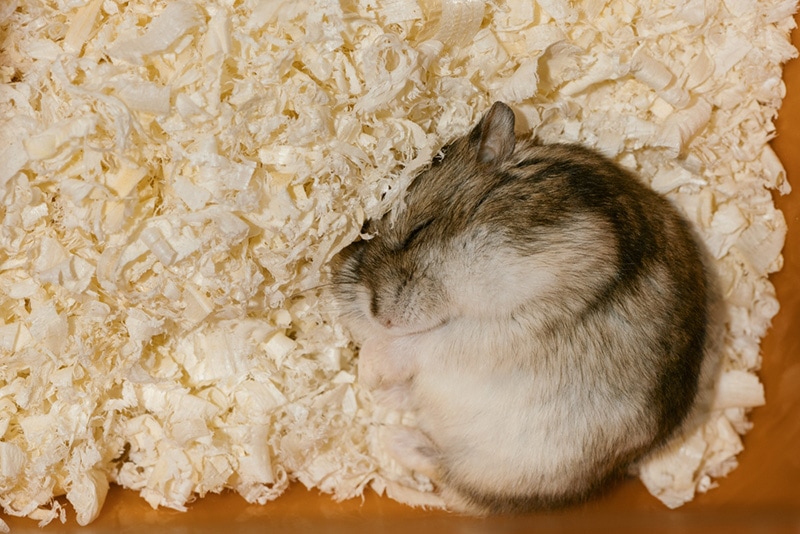
What if My Hamster Sleeps More Than 8 Hours a Day?
If your hamster sleeps upwards of 10 to 14 hours per day, a trip to your veterinarian is warranted to ensure they’re not sick. Hamsters will sleep more often if in pain or generally not feeling well, and it’s best to have your hamster checked out. Aging hamsters will sleep more, but it could be an underlying medical problem, too.
Noise and distractions like dogs barking, TV, talking and shouting, doorbells, etc. can keep your hamster up during the day, making them sleep more than usual. The enclosure should be kept in a quiet room, and it’s important not to leave the lights on at night. Just because your hamster is awake doesn’t mean they need lights to see. The enclosure should mimic nature as much as possible, which means keeping the room dim or dark at night when they are most active.
If your hamster really is sleeping more than it usually does, it could be that it is entering a state of torpor. Torpor is described as “a state of lowered body temperature and metabolic activity assumed by many animals in response to adverse environmental conditions”. It is similar to hibernation, but the animal wakes periodically to eat and drink. Hamsters in captivity shouldn’t need to enter this state, so ensure you are feeding them adequately and that they aren’t too cold. If you place the cage in a warmer area (over 50℉), your hamster should start to come out of torpor.
How to Properly Care for a Hamster
Before bringing a hamster home, it’s best to familiarize yourself with the essential requirements to take care of the hamster properly. They are not too demanding; as long as you feed them well-balanced commercial hamster pellets, timothy hay, and fruits and vegetables and provide an adequate enclosure with all the necessities, your hamster can live a healthy life. Keep in mind that hamsters have a short lifespan of 2 to 3 years with proper care.
The enclosure or cage should be of adequate size so that your hamster has plenty of room to roam. In the wild, hamsters love to run, and providing an exercise wheel is an excellent way for your hamster to get exercise. Ensure you place a few hideaways in the enclosure to give your hamster somewhere to retreat to, a deep bed for your hamster to burrow through, and don’t forget to provide fresh drinking water 24/7.
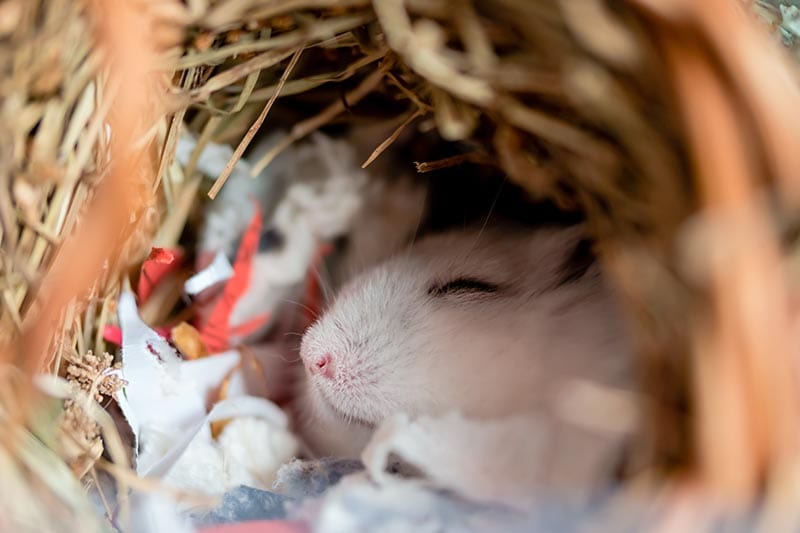
Final Thoughts
Hamsters are fun little rodents that can be kept as pets, but one thing to remember is they are active while you’re sleeping, and odds are you won’t see them at their most active, unless you’re a night owl. Here’s a bit of advice: if you want a hamster you can interact with, go with a Syrian hamster, particularly if you have children. Although they will mostly sleep through the day, they are much more amenable to being handled when they are awake than the dwarf breeds, and are not quite as quick or easily damaged as the smaller ones.
Featured Image Credit: Alex Milan, Shutterstock


